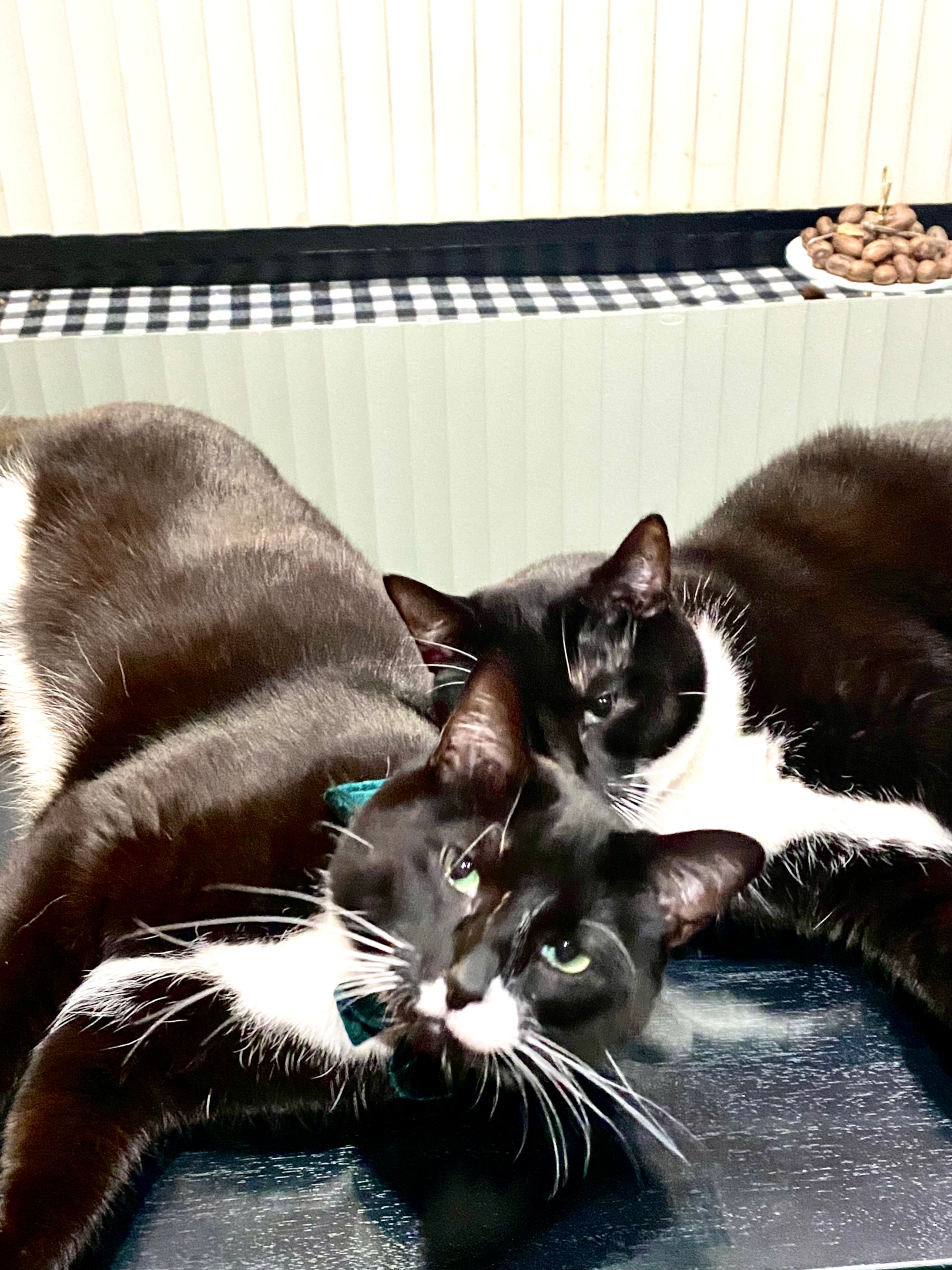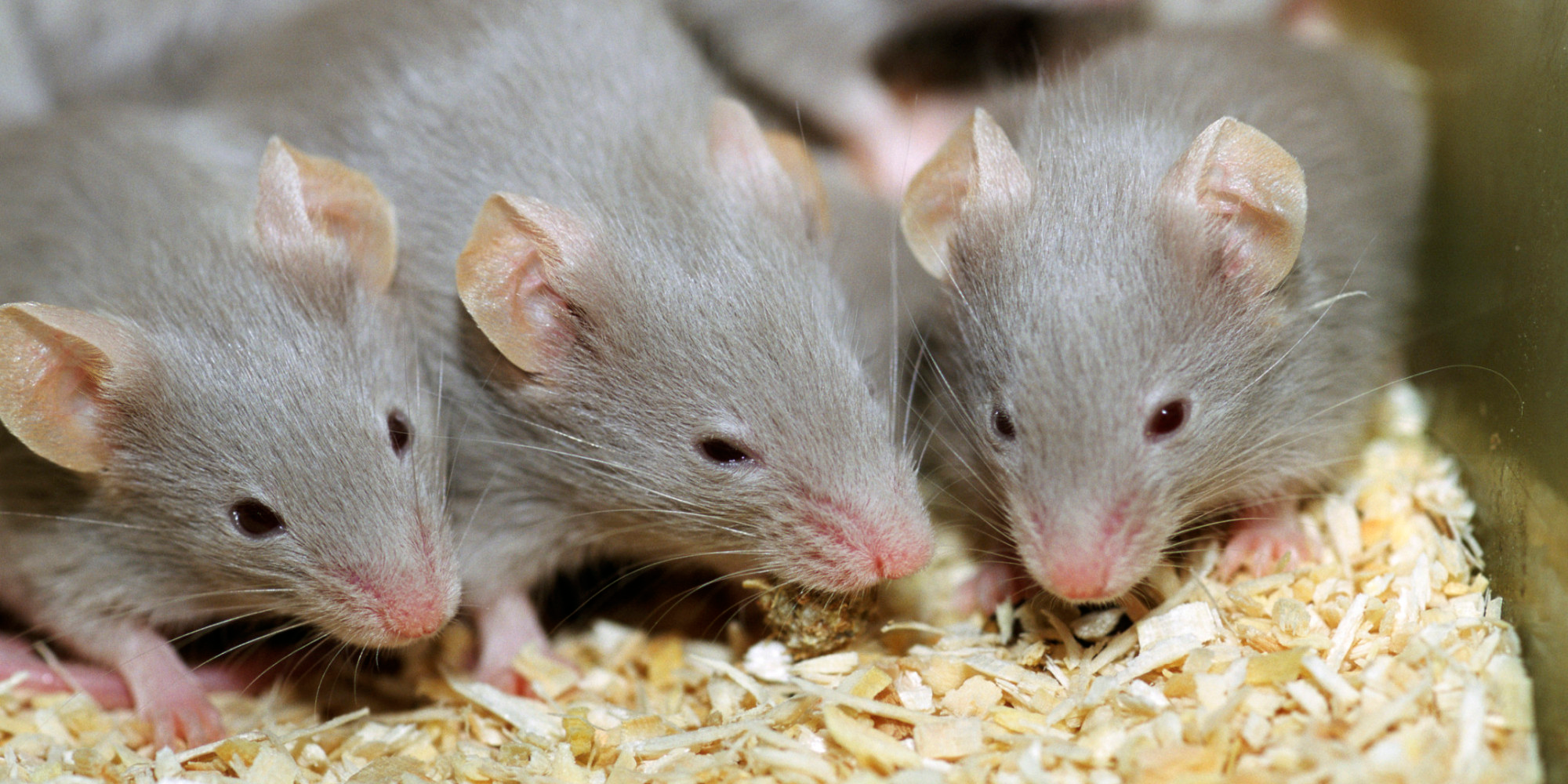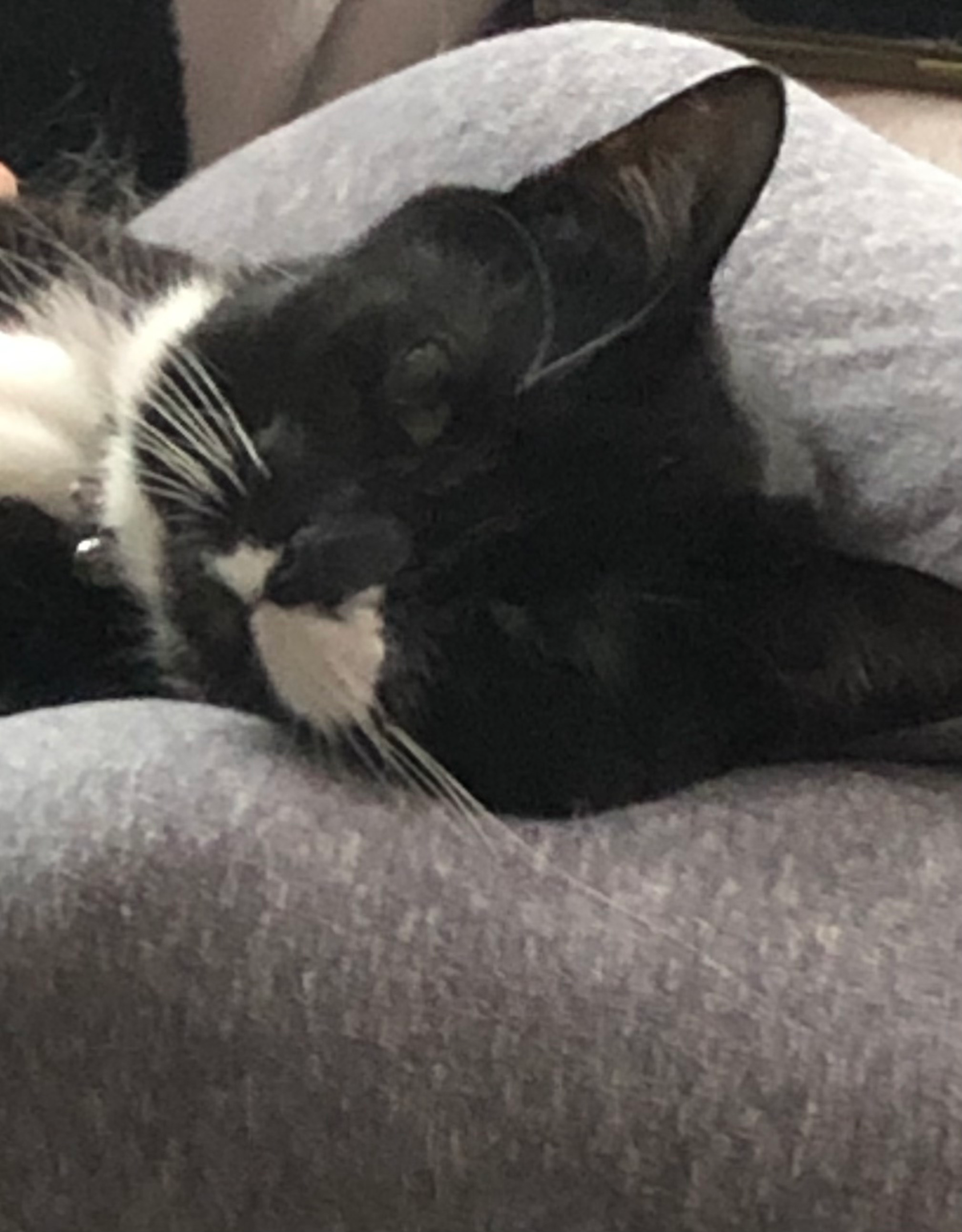Can Indoor Cats Get Fleas?

People often think that since their cats are indoor cats, they don’t need to worry about putting flea medicine on them. Wrong.
So, can indoor cats get fleas? The short answer is yes.
No matter if your cat NEVER steps foot outside the door, there are a number of ways that they can still get infested with fleas. Of course, it depends on various scenarios and habits, past and present, of the cats and the cat owner.
Let’s look into the different situations that may cause an indoor cat to have a flea infestation.
7 Ways An Indoor Cat Can Get Fleas
1. Taking Your Cat For A Walk
We’ll start with an apparent reason your indoor cat may pick up some fleas.
Many cat owners like to take their cats for a walk using a harness and leash, to give them some exercise and to satisfy their cat hunger for getting outside. We do it quite often.
I know, at that time, at least momentarily, they are outdoor cats. But, they are still, technically, indoor cats. And of course, once outside, regardless if on a leash or not, all rules fall by the wayside as far as the fleas are concerned. The cat is an open target for catching fleas.
2. Other Pets
If you have other pets in the house, a dog for instance, that you need to let outside to do its business however many times a day or take for a walk, then this can be a source.
Regardless if the dog has a flea treatment, hitchhiker fleas jump on for a ride and can survive long enough to make it into the house.
It only takes a single flea, and they can lay up to 50 eggs in one day. And they don’t have to lay eggs on an animal host.

They can lay eggs in their surrounding environment like the carpet, furniture, bedding, and even cracks and crevices of the floor. The larvae hatch from the flea eggs and can survive off the shed skin cells and pet hair until they emerge as adult fleas.
So, keeping your cat indoors, but, letting your dog outdoors, cuts down on the cat’s chances of staying free of flea infestation. So,the multi-pet household is a higher risk for the cat to get fleas.
3. You Or Your Guests
Remember the hitchhiker fleas I mentioned earlier?
They don’t only hitchhike on your furry friends. They love any of the family members they can hitch a ride on.
They’re known for their jumping capabilities and they’ll not play favorites and jump on any passerby that comes along, clinging to your clothing or shoes and riding on into your house.
4. Rodents
Cats and dogs aren’t the only animals that get fleas.
Mice and rats can bring fleas into your home and transfer them onto your cats. So, if you have a mouse or rat problem, you’ll want to take care of that right away.

Believe it or not, just because you have a cat or cats, it doesn’t mean you don’t have mice. Maisey likes to catch them and play with them, (ideal time for flea transfer) but, Merlin is scared of them.
Also, my grandfather had raccoons getting into his attic for quite a while before he found out and they caused an active flea infestation that he thought he’d never get rid of. Every one of his pets, both dogs and cats, had flea infestations.
So, other animals can have fleas and bring them in your house.
5. Places Your Cat Visits
Just because you have indoor cats and don’t walk them outside on a leash, ever, they still leave the house from time to time because they have no choice.
Trips to the veterinary clinic, or to a boarding facility if you go on vacation, or on the vacation with you in a carrier are all necessary reasons for your cat to leave the flea-safe environment of your home.
You may be moving to a new home where you’ll need to transfer your cat from the prior home to the new one.
This brings us to the next way your cat can get fleas.
6. A New House
The purchase of a new home can be a source of fleas.
The many workers building the house, going in and out, could easily bring in fleas on their clothes or shoes. Some may have brought their dog with them some days.
Fleas riding in, jumping off, and laying eggs in the carpet, all lead to a flea problem you wouldn’t even know about.
And if you’re purchasing an older home, the previous homeowner may have had pets that had fleas. They may have had cats or dogs that were indoor and outdoor pets. You just never know.
7. New Furniture
I know. You’re probably appalled at this. But, it’s possible.
Folks take their pets into furniture stores all the time when they’re browsing. They could transfer the pesky parasites onto couches, mattresses, rugs, etc.
And if you buy used furniture, the chances are even increased. So, if you buy furniture, old or new, there’s always a chance there may be fleas or flea eggs somewhere in the furniture.
So, yes, indoor cats get fleas. They’ll get fleas from any of the above situations or variations.
Even if they stay indoors, as you can see, there are still ways they can get fleas.
So, the best course of action would be to take measures to prevent fleas from getting into your home.
How To Control Fleas Around Your Home And Yard
There are a number of actions you can take that will help prevent fleas around your home and outside around your yard. Anything you can do for preventing fleas or other parasites will go a long way toward good health for your cats.
On The Inside
- Regularly vacuum your home which would include the carpet, rugs, and upholstery. Many vacuums have attachments for vacuuming your mattress which would also be a good idea. Also, make sure you vacuum any cracks and crevices where fleas may be able to lay their eggs.
- Wash your cats (or any of your indoor pets) bedding regularly in hot water. You can also apply a good pet-safe flea repellant afterward.
- Seal any entry points into your home such as gaps in windows or doors or cracks between the baseboards and floor.
On The Outside
- Keep your yard mowed and free of any debris or brush where fleas could live.
- If possible, keep wild animals such as raccoons, opossums, and deer out of your yard.
- You can apply a natural flea repellant such as neem oil on your yard (and on your cat).
- Consider hiring a pest control company to spray your yard and home. (I would only do this if you have a serious flea problem.
And lastly, or firstly, rather, keep your cats, even if they are strictly indoors, treated with preventative flea medicine recommended by your veterinarian.
Just follow the instructions on the medication for application. Generally, it is applied between the cat’s shoulder blades or at the base of the cat’s head or neck. There, the cat can’t get to it to lick it off.
Part the fur and apply the medication directly to the skin. Our cats do not like this at all as you can see below. They stay mad at us the rest of the day.

You can also use oral medications. These, of course, are administered by mouth and is absorbed into the bloodstream. Depending on your cat, this can be a bit harder to get down your cat’s throat.
And then, you can always have your cat wear a flea collar. It emits a flea-repelling substance that spreads throughout the cat’s fur. However, according to VCA Animal Hospitals, although they are convenient, they rarely work, unless they contain an IGR (Insect Growth Regulators). So be sure the flea collar you choose contains it.
In Conclusion To Can Indoor Cats Get Fleas?
Again, YES, an indoor cat can get fleas. There are a number of ways the cat can acquire them and there are a number of ways, indoors and in your yard, you can prevent fleas from making their home on your cat.
So, first and foremost, have your cat treated with flea medication regularly and help prevent your little fur balls from getting fleas, and then start tackling the other steps for prevention.
